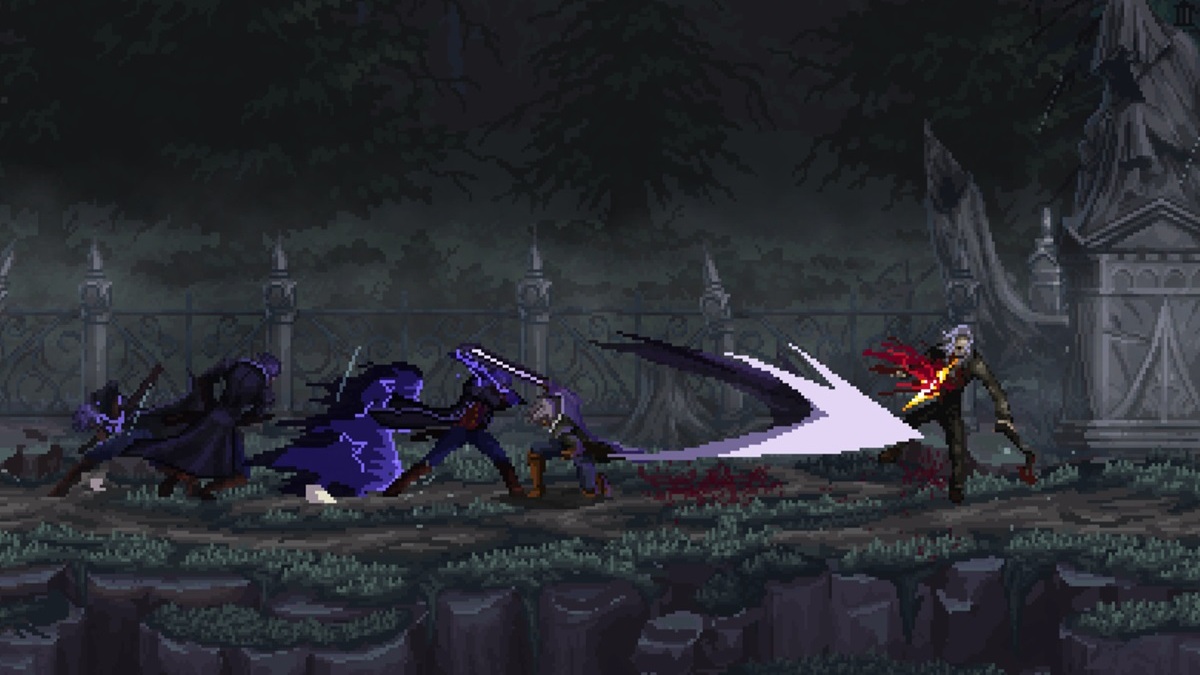The Last Faith wears its inspiration on the proverbial sleeve: it is a true-to-form Metroidvania title styling itself after the likes of Blasphemous and Bloodborne. This much is obvious from a passing glance at the game, however, and it’s its status as a true Soulslike that we’ve been wondering about.
Much of The Last Faith‘s pre-release marketing hype has focused on it being a Soulslike. The thing about this particular gaming niche, however, is that it tends to extend to all manner of titles. For example, you’ve got a game like Lords of the Fallen, which is arguably as straightforward of a Soulslike as one gets, but the delightful rogue-lite platformer Dead Cells is tagged as a Soulslike on Steam as well. It’s easy to see how confusing this whole discussion can get.
The Last Faith itself, however, has proven to be as much of a Soulslike as it is a Metroidvania from our experience, and here we aim to illustrate why that is the case!

The Last Faith is fairly similar to true Souls games
Blasphemous and its sequel, Blasphemous 2, are two of the most well-known and highly regarded Metroidvania Soulslikes on the market right now, as well as the decidedly more obscure platformer Salt and Sanctuary. Over the years, there have been other examples of the prototypical Metroidvania Soulslike, too, but these games are most often referenced as such. The Last Faith, in comparison, stands shoulder-to-shoulder with them. Not necessarily in regard to quality, mind, but in the sense that The Last Faith basically has all the makings of a true Soulslike title.
To summarize many of its key soulslike features, The Last Faith has examples of the following genre tropes:
- Currency-based level-ups, with the said currency being lost upon death but optionally reachable (if the player is fast and/or skilled enough to reach it)
- Ample upgradeable weaponry
- Punishing dodge-based combat, underlined further by a generally hardcore gameplay loop
- A delightfully (or annoyingly, depending on the player) obfuscated narrative
- Methodical “bonfire”-based exploration helped further along by the acquisition of classic Metroidvania features, such as double-jump, wall-crawl, and the like
We could take this discussion a step further still, in fact, and compare The Last Faith to Bloodborne specifically, which appears to be more of an inspiration for the game than Dark Souls proper. From that point of view, the game also allows the use of various firearms and Victorian-looking machinery, helping separate it from other examples of this particular niche.
Taking all of this into account, we can safely say that The Last Faith doesn’t just market itself as a Soulslike. Instead, the developer Kumi Souls Games appears to have successfully identified and implemented all the crucial features of this specific sub-genre, and developed a genuine Metroidvania Soulslike in the end.
Fair warning, though: The Last Faith is about as hardcore as Soulslikes get, for better or for worse.


